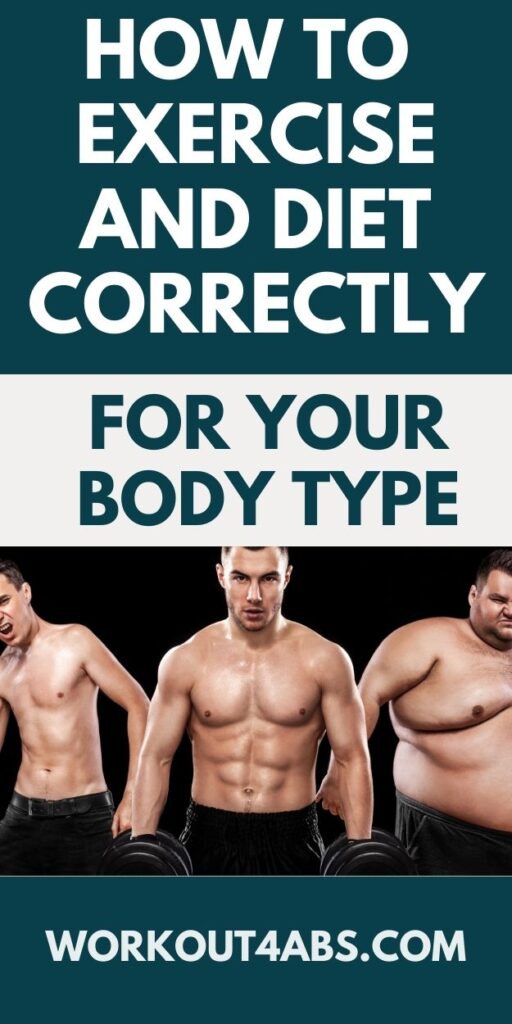Discover the optimal workout plan and diet for shedding pounds effectively. Delve into the significance of a structured schedule and daily activity in achieving weight loss goals. Learn how these key factors combine for a powerful approach to a healthier, slimmer you.
The Best Fat Loss Workout Plan – Complete Overview
If you enjoyed these tips, please save this pin to your Pinterest Board.

Creating a Schedule for Our Workout Routines
A well-structured workout schedule is crucial for the success of a workout plan because it provides organization, consistency, and optimal results. Here’s why a workout schedule is so important:
- Consistency: A workout schedule helps you establish a consistent routine. Regularity is essential for seeing progress in terms of strength, endurance, flexibility, and overall fitness. When you have a set schedule, you’re more likely to stick to your workouts, reducing the chances of skipping sessions.
- Progressive Overload: An effective workout plan involves gradually increasing the intensity of your exercises to challenge your body and promote growth. With a schedule, you can plan when to increase weights, reps, or duration, ensuring a systematic progression that helps you avoid plateaus.
- Balanced Training: A well-designed workout schedule allows you to incorporate a balanced mix of different types of exercises. This includes cardiovascular workouts, strength training, flexibility exercises, and rest days. A balanced routine prevents overworking specific muscle groups and reduces the risk of injury.
- Time Management: Life can be busy, and without a schedule, it’s easy to prioritize other tasks over exercise. Having a set workout time helps you allocate time for physical activity, making it easier to manage your daily responsibilities and still prioritize your health.
- Adaptability: A schedule allows you to plan around your personal commitments, making adjustments if necessary. If you know you have a busy day ahead, you can schedule a shorter workout, and on days with more time, you can engage in a more comprehensive session.
- Goal Achievement: Your workout plan likely has specific goals, whether it’s building muscle, losing weight, improving cardiovascular fitness, or enhancing flexibility. A schedule ensures that you’re consistently working towards these goals by providing a roadmap for your fitness journey.
- Mental Preparation: Knowing what exercises you’ll be doing on a given day helps you mentally prepare for your workout. This can increase your motivation and focus, leading to more effective and enjoyable sessions.
- Avoiding Burnout: A well-structured schedule includes rest days or active recovery days. These are essential for giving your body time to recover and preventing burnout or overtraining, which can hinder your progress.
- Long-Term Commitment: Fitness is a long-term endeavor. Having a schedule helps you develop a sustainable routine that becomes a part of your lifestyle, ensuring you continue to prioritize your health and well-being over time.
In conclusion, a workout schedule is essential for maintaining consistency, gradual progression, balanced training, and overall success in your fitness journey. It provides a framework for your workouts, making it easier to achieve your goals while managing your time effectively and minimizing the risk of burnout or injury.
Daily Activity for Weight Loss
Daily activity plays a crucial role in weight loss by increasing your energy expenditure, improving metabolism, and contributing to a sustainable calorie deficit. Here’s why daily activity is important for weight loss:
- Caloric Expenditure: Engaging in physical activities throughout the day, such as walking, cycling, or doing household chores, burns calories. These extra calories expended contribute to your overall energy balance, creating a calorie deficit when combined with a balanced diet. This deficit is essential for weight loss, as it encourages your body to utilize stored fat for energy.
- Boosting Metabolism: Regular physical activity increases your metabolic rate, which is the rate at which your body burns calories at rest. This means that even when you’re not actively exercising, your body is burning more calories than it would if you were sedentary. A higher metabolism supports weight loss by helping you burn more calories throughout the day.
- Preserving Lean Muscle Mass: When you lose weight, both fat and muscle can be lost. Engaging in daily activity, particularly resistance training and strength exercises, helps preserve lean muscle mass. Muscle burns more calories at rest than fat does, so maintaining muscle can contribute to a higher metabolic rate and more efficient weight loss.
- Regulating Appetite: Regular physical activity can help regulate appetite hormones, making it easier to control food intake. Additionally, exercise can reduce emotional and stress-related eating, which can contribute to weight gain.
- Improved Insulin Sensitivity: Physical activity improves insulin sensitivity, meaning your body can use insulin more effectively to regulate blood sugar levels. This can help prevent spikes and crashes in blood sugar, reducing the likelihood of overeating or craving sugary foods.
- Enhanced Fat Oxidation: Regular physical activity enhances your body’s ability to use fat as an energy source. This is particularly important during weight loss, as it helps target stored fat for energy and supports the process of shedding excess pounds.
- Positive Impact on Mental Health: Engaging in daily activity can improve mood, reduce stress, and increase overall well-being. A positive mental state can lead to better decision-making, including healthier eating choices, and can reduce emotional eating.
- Sustainability: Daily activity contributes to a more active lifestyle, which is essential for long-term weight management. Unlike extreme diets or short-term exercise regimens, incorporating daily activity can be sustainable and lead to consistent weight loss over time.
- Combating Sedentary Behavior: In modern society, sedentary behavior is a significant contributor to weight gain. Engaging in daily activity helps counteract the negative effects of sitting for prolonged periods, which can slow down metabolism and lead to weight gain.
In conclusion, daily activity is a fundamental component of successful weight loss. It helps create a calorie deficit, boosts metabolism, preserves muscle mass, regulates appetite, and offers numerous physical and mental health benefits. Combining regular physical activity with a balanced diet creates a holistic approach to weight loss that is more likely to yield sustainable and long-lasting results.
If you enjoyed these tips, please save this pin to your Pinterest Board.

How to Exercise & Diet Correctly for Your Body Type
Identify Your Body Type
Body type plays a significant role in determining how your body responds to exercise and diet. It influences how you gain or lose weight, build muscle, and store fat. Understanding your body type can help you tailor your workout and diet plan to achieve the best results. There are three primary body types: ectomorph, mesomorph, and endomorph.
Identifying Your Body Type: To identify your body type, consider your natural tendencies in terms of weight gain, muscle development, and metabolism. Look at your physical characteristics, such as bone structure, muscle definition, and how your body stores fat.
1. Ectomorph: Ectomorphs are often characterized by a lean and slim physique with narrow shoulders and hips. They tend to have a fast metabolism, making it challenging to gain weight and muscle. Ectomorphs might struggle with putting on muscle mass and might find it easier to lose weight.
2. Mesomorph: Mesomorphs have a more muscular and athletic build. They tend to gain muscle relatively easily and have a moderate metabolism. Mesomorphs often have a broader shoulder-to-hip ratio and can both gain and lose weight with relative ease compared to the other body types.
3. Endomorph: Endomorphs have a rounder and softer body type with a tendency to store fat more easily. They might find it challenging to lose weight and need to be careful about their diet. Endomorphs tend to have a slower metabolism and might need to work harder to build lean muscle.
Genetics and Body Type: Your body type is largely determined by genetics. Genetic factors influence your bone structure, muscle fiber distribution, and metabolism. While you can’t change your genetic predisposition, you can work with it by tailoring your fitness and nutrition strategies accordingly.
Lifestyle and Changes: Lifestyle factors, daily exercise routines, and diet habits can impact your body type over time. For example:
- Regular exercise, especially resistance training, can help mesomorphs and ectomorphs build muscle and enhance their physiques.
- Endomorphs might need to focus on a combination of cardiovascular exercise and strength training to manage weight and body composition.
- Diet choices can influence fat storage and muscle gain. Different body types might respond differently to certain macronutrient ratios.
Metabolic Changes: Metabolic changes due to aging, hormonal fluctuations, and other factors can influence your body type over time. A mesomorph might find it harder to maintain muscle mass as they age, while an ectomorph might experience a slightly slower metabolism.
In conclusion, understanding your body type helps you create a personalized workout and diet plan that maximizes your strengths and addresses your challenges. While genetics play a significant role, your lifestyle choices also contribute to your body’s composition. By adapting your fitness and nutrition strategies to your body type, you can work towards achieving your health and fitness goals more effectively.
If you enjoyed these tips to on a workout plan and diet and would like to keep it close to you at any time, just save this pin to your Pinterest Board.

Home › Nutrition Plan ›Workout Plan and Diet